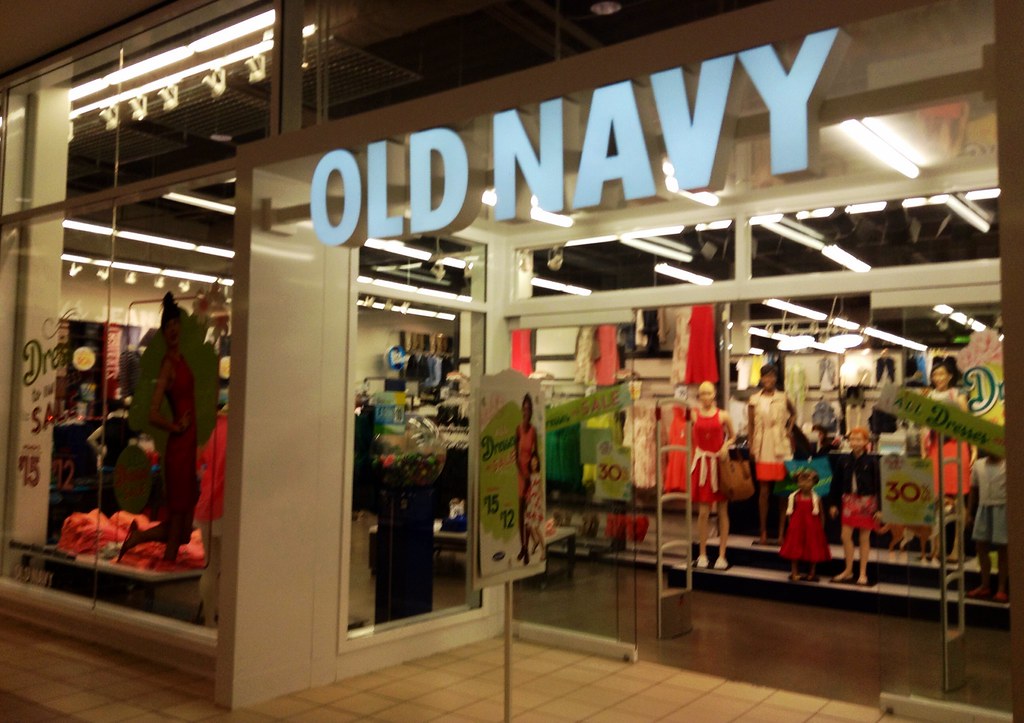
In the constant pursuit of a good deal, the allure of a bargain is undeniable. That rush of saving money, whether a little or a lot, can often overshadow the critical question of long-term value. While the concept of ‘cheap’ often implies immediate savings, it frequently obscures the true cost incurred over time. Many products and brands, initially appearing as smart budget choices, reveal their true nature only after purchase, proving to be dysfunctional, short-lived, or simply not worth the money spent.
This phenomenon of ‘buy cheap, pay twice’ is a stark reality in today’s consumer landscape. Budget products can break down prematurely, requiring costly replacements or repairs that ultimately negate any upfront savings. The dissatisfaction that follows often leaves consumers pondering the wisdom of their initial decision, highlighting a fundamental disconnect between perceived value and actual quality. The goal of smart spending isn’t just to save a few pounds or dollars today, but to ensure that every purchase contributes to long-term satisfaction and genuine economic benefit.
While there are indeed many products where frugality pays off, there is a distinct category of brands that, despite their popularity or seemingly attractive price points, consistently fail to deliver on the promise of long-term value. These are not necessarily obscure brands but often well-known names that have cultivated a strong market presence through effective marketing, yet their products frequently fall short when put to the test of durability, performance, or inherent worth. Users of popular online forums have openly shared their experiences, shedding light on why these brands, despite their hype, are often not worth the price.
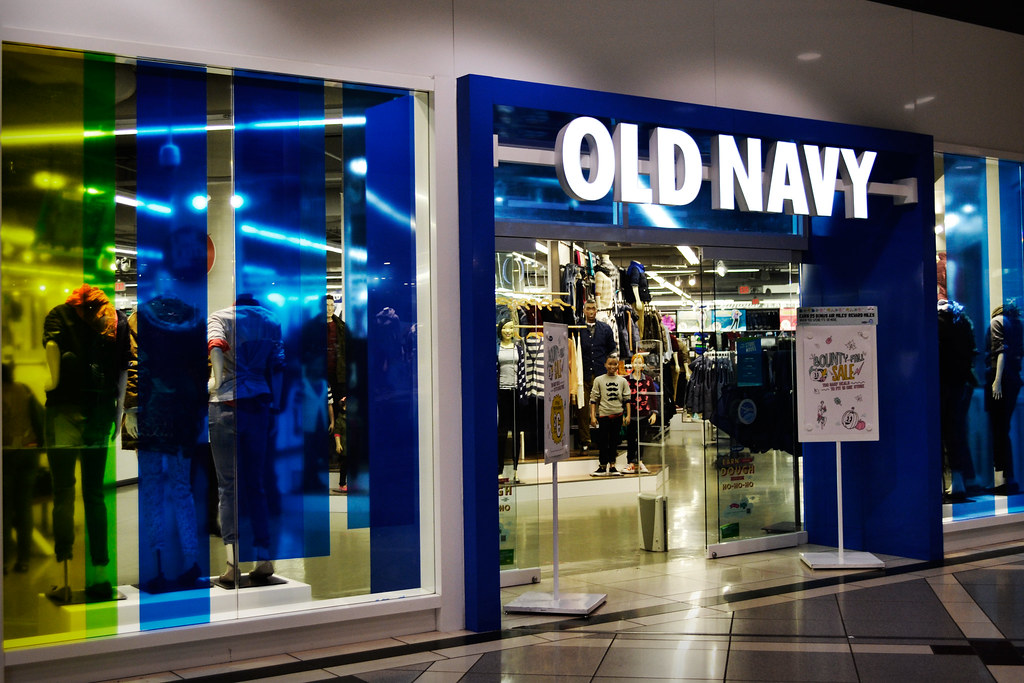
1. **Old Navy**Old Navy has long been a go-to destination for many shoppers seeking affordable clothing for the entire family. Its popularity soared largely because its prices historically reflected a ‘mediocre but good enough quality’ for everyday wear. This balance allowed consumers to stock up on essentials without breaking the bank, making it a reliable choice for budget-conscious individuals and families looking for casual apparel.
However, a significant shift in the brand’s perceived value has led to growing consumer dissatisfaction. According to one buyer, Old Navy ‘got big in the head and inflated their prices way beyond their worth.’ This sentiment suggests a disconnect between the brand’s current pricing strategy and the actual quality of its products, implying that the value proposition that once drew customers in has deteriorated. The once-dependable quality, while never premium, is now seen as falling short of the elevated price tags.
This change in pricing strategy has altered consumer behavior, with many shoppers now refusing to pay full price. As one user ‘swears,’ they ‘literally don’t even go to their website until I am notified that everything is 50% off.’ This demonstrates that customers no longer see the inherent value in Old Navy’s regularly priced items, underscoring the brand’s struggle to justify its costs. When a brand’s products are only deemed ‘worth it’ during significant sales, it highlights a fundamental issue with its long-term value proposition, forcing consumers into a waiting game that undermines the idea of consistent savings.
If consumers are consistently waiting for deep discounts to make purchases, the ‘savings’ are not inherent to the brand but rather a manipulation of perceived value. In the long run, if the quality at even discounted prices means items wear out quickly, requiring more frequent replacements, then Old Navy ceases to be a brand that offers true savings. This cycle of buying discounted, lower-quality items only to replace them sooner means the initial ‘bargain’ often leads to a higher overall expenditure over time.
Read more about: Unlocking the Design DNA: 13 Surprising Secrets Hidden Within the Iconic Mini Cooper’s Aesthetic

2. **Yankee Candle**Yankee Candle has established itself as a household name, renowned for its extensive range of fragrances and the promise of a long-lasting burn. For many, a Yankee Candle represents a touch of luxury and ambiance, with their products generally smelling great, burning well, and lasting longer than many generic brands found on supermarket shelves. This perceived quality often justifies a higher price point for consumers seeking a superior aromatic experience.
Despite these positive attributes, the brand faces criticism for its exorbitant pricing. The core complaint from many consumers is that Yankee Candles are simply ‘too expensive.’ While they offer a certain level of quality, the cost-benefit analysis often tips in favor of alternatives when long-term value is considered. The expectation from a premium-priced item is not just good performance, but exceptional value that stands apart from more affordable options.
This sentiment is clearly articulated by a buyer who ‘complains’ they ‘can find better candles from local hobbyists for cheaper.’ This suggests that while Yankee Candle products are good, they do not offer unique value that can’t be found elsewhere at a more reasonable price. The existence of high-quality, more affordable alternatives from independent makers directly challenges Yankee Candle’s premium positioning, indicating that their higher price isn’t always translating into superior, irreplaceable value.
Ultimately, for a product like a candle, where alternatives abound, the long-term value is tied to both performance and cost. If cheaper, equally good or better options are readily available, then the ‘savings’ of opting for a seemingly premium brand like Yankee Candle are illusory. Consumers who invest in these candles may find themselves spending more over time to maintain their desired ambiance, without necessarily gaining a distinct advantage in quality or longevity that justifies the recurring expense compared to value-driven alternatives.
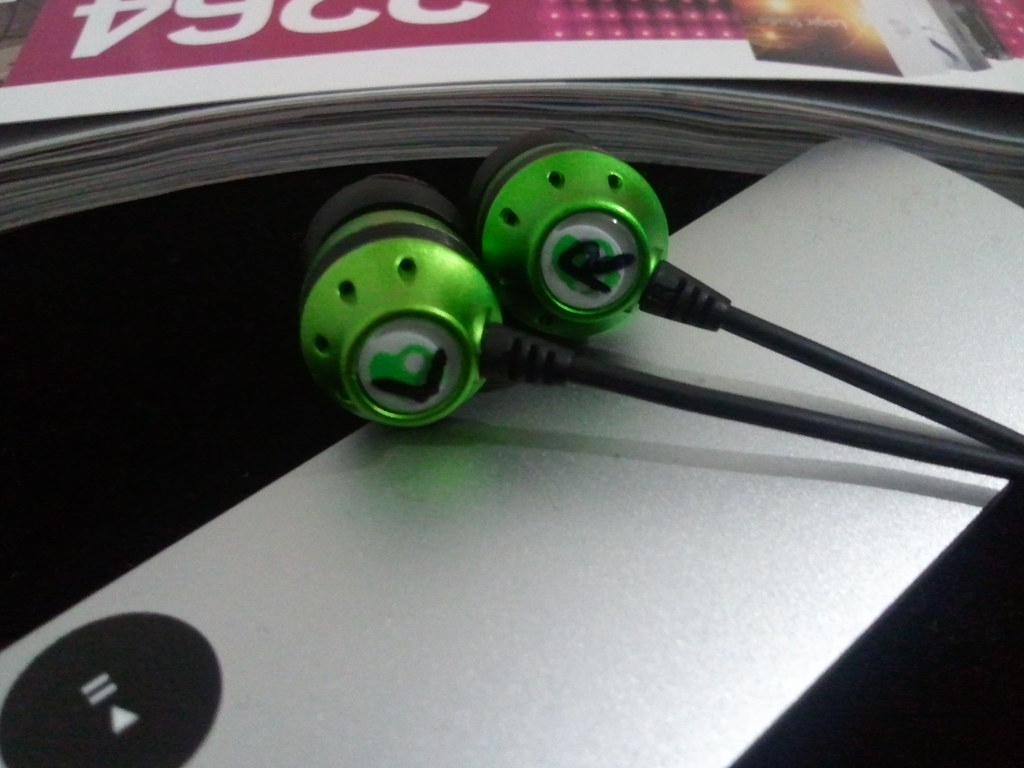
3. **Skullcandy**Skullcandy carved out a significant niche in the audio market by offering stylish and relatively affordable headphones and earbuds, particularly appealing to younger demographics. However, despite their widespread availability and fashionable designs, Skullcandy has consistently been singled out as an ‘overpriced brand with not-so-great products.’ This perception stems from a recurring issue that undermines the brand’s long-term value: persistent durability problems.
Numerous users have reported critical failures shortly after purchase. A common complaint, as shared by one poster, is that ‘Every SkullCandy item I have ever bought has broken within months; usually the left headphone stops working entirely.’ This specific and frequent failure point highlights a fundamental flaw in the product’s construction or component quality. The inability of items to withstand even a few months of use speaks volumes about their lack of long-term viability, making any initial savings negligible.
Another user provides backing for this sentiment, noting that ‘my brand new SkullCandy’s came with a dead left headphone.’ Receiving a defective product right out of the box immediately erodes consumer trust and demonstrates a concerning lack of quality control. When new products are already faulty, it signals that the brand’s manufacturing processes may be inconsistent, leading to a high likelihood of future problems or a complete lack of functionality from the outset.
The frequent breakdowns mean that any initial savings from choosing Skullcandy are quickly negated by the need for replacements or repairs. A product that fails within months becomes a recurring expense, forcing consumers to ‘pay twice’—once for the initial purchase and again for a new item from either Skullcandy or a more reliable competitor. This pattern of short lifespan and high replacement frequency positions Skullcandy as a brand that offers little long-term value, proving that the initial budget-friendly appeal is often a false economy in the world of audio equipment.
Read more about: Cha-Ching! These 7 Celebrity Endorsement Deals Blew Past $100 Million and Changed the Game!

4. **Zara**Zara has become a global powerhouse in the fashion industry, celebrated for its ‘fast fashion’ model that rapidly translates runway trends into accessible, ready-to-wear garments. This approach has made Zara a popular choice for consumers looking to update their wardrobes frequently without investing in high-end designer pieces. However, beneath the veneer of trendy designs and quick turnarounds lies a pervasive issue of quality that undermines any perceived savings.
Despite its popularity and on-trend offerings, many consumers view Zara clothing as ‘ridiculously expensive, and their quality is just average.’ This stark assessment highlights a fundamental imbalance between price and product longevity. While the designs may be fashionable, the materials and construction often fail to justify the cost, leading to disappointment among buyers who expect more from their purchases than fleeting style.
Numerous users have shared experiences of garments failing prematurely, with many mentioning that their jeans ripped ‘while still new.’ This specific example underscores the fragility of Zara’s clothing, indicating that even with minimal wear, items are not built to last. Such rapid deterioration means that any initial savings from buying a trendy piece are quickly negated by the need for early replacement, turning a fashion update into a recurring expense.
The concept of ‘fast fashion,’ as one user explains, refers not only to the speed at which trends are introduced but also ‘the speed where the said piece of clothing breaks apart due to its poor construction.’ This candid observation perfectly encapsulates Zara’s long-term value problem. If clothing is designed to be disposable, then its initial cost, no matter how appealing, becomes a poor investment. Consumers end up spending more over time by constantly replacing items that fail to withstand regular use, demonstrating that Zara’s promise of affordable style often comes at the hidden cost of durability.
Read more about: 15 Stunning Photos That Show the Epic Evolution of the Legendary Jeep Wrangler

5. **Dr. Martens**Dr. Martens boots have long been revered as icons of durability and rugged style, initially gaining fame for their robust construction and association with counter-cultural movements. Historically, they were known for being ‘super tough,’ capable of withstanding years of wear and tear, making them a wise investment for those seeking long-lasting footwear. This reputation for resilience was a cornerstone of the brand’s appeal, promising exceptional value and reliability over time.
However, recent consumer experiences suggest a concerning decline in the brand’s legendary durability. Despite the premium price point that Dr. Martens still commands, many users are reporting that the quality no longer matches the historical standard. This shift has led to significant disappointment, as customers continue to pay for a level of quality that, in their experience, is no longer being delivered. The expectation of a boot that lasts for years is now frequently unmet.
One user shared a particularly troubling experience, stating, ‘The leather still split after less than a year even though I’d been taking care of them very well.’ This specific instance highlights a critical failure point in the material quality, indicating that even with proper maintenance, the boots are not holding up as they once did. When expensive footwear fails within months, it fundamentally undermines the idea of long-term value and turns a significant investment into a premature expense.
For a brand built on a reputation for longevity, a decline in durability directly impacts its worth in the long run. If consumers are paying a premium for boots that require frequent replacement due to premature splitting or wear, then the initial ‘saving’ through perceived robustness is quickly lost. Dr. Martens, once a symbol of enduring quality, now risks becoming a brand where the high upfront cost does not translate into the extended lifespan and reliability that buyers historically expected, making them less of a smart, long-term purchase.
Read more about: Timeless Thrills: Is the Porsche Cayman 987 Still the Ultimate Driver’s Bargain 16 Years On?
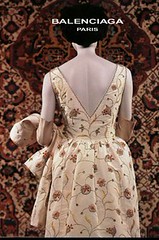
6. **Balenciaga**Balenciaga, under its more recent creative direction, has become a fashion house synonymous with avant-garde designs, often pushing the boundaries of what is considered luxury fashion. Its highly distinctive aesthetic, frequently characterized by oversized silhouettes and distressed finishes, has garnered immense attention among celebrities and fashion enthusiasts. These pieces, from elaborate garments to highly coveted sneakers, often carry price tags soaring into the thousands, placing Balenciaga at the pinnacle of high-end expenditure.
For many onlookers and even potential buyers, the brand’s extreme pricing and unconventional designs often provoke bewilderment. Online users frequently express confusion, struggling to comprehend why certain Balenciaga products command such astronomical costs. One user’s candid reaction perfectly encapsulates this sentiment, stating, “Every time I see their ads, I am convinced it’s an elaborate prank.” This highlights a widespread perception that the brand’s value proposition is, at best, inscrutable, and at worst, a commentary on the absurdity of luxury consumption rather than genuine quality or timeless appeal.
From a practical consumer standpoint, Balenciaga’s role as a long-term investment is often tenuous due to the ephemeral nature of its most talked-about pieces and the subjective interpretation of “value.” While some luxury brands justify prices with craftsmanship and rare materials, Balenciaga’s appeal often stems from novelty, trend-setting, and brand hype. This makes it challenging to assess whether a five-figure Balenciaga item will retain its relevance or intrinsic worth beyond a single fashion season. For the average consumer, spending thousands on items perceived as odd or lacking everyday utility makes Balenciaga a brand where “savings” are virtually non-existent, offering little enduring style or practical utility.
Read more about: Lawn Care Regrets: 11 Mowers DIYers Vow They’d Never Buy Again – A Deep Dive into What Went Wrong

7. **Supreme**Supreme has evolved from a niche skateboarding brand into a global streetwear phenomenon, instantly recognizable by its iconic red box logo. Its business model relies heavily on scarcity, with highly anticipated “drops” of limited-edition clothing and accessories that often sell out in seconds, creating an unparalleled hype cycle. This strategy has cemented Supreme’s status as a cultural touchstone, driving immense demand and allowing its products to command significant resale prices, often far exceeding their original retail cost.
However, beneath the veneer of exclusivity and frantic consumer demand, a recurring critique of Supreme’s actual product quality persists. Despite the high prices and intense competition to acquire items, many wearers have voiced concerns about the durability and comfort of the brand’s clothing. This often leads to a perplexing situation where individuals pay a premium for garments that fall short of basic expectations for everyday wear, directly challenging the notion of intrinsic value typically associated with sought-after fashion.
A particularly insightful observation from a user illuminates the true driving force behind Supreme’s appeal, stating, “The entire point of Supreme is to show off how rich you are, and the company knows that.” This candid assessment suggests that the brand’s primary value lies not in its fabric quality or garment construction, but in its function as a status symbol. Owning a Supreme item becomes a public declaration of one’s ability to afford and acquire hyped, expensive goods. For consumers seeking genuine long-term value in their wardrobe, Supreme often proves a questionable investment, as its high initial outlay rarely translates into durable, versatile pieces, but rather into a fleeting display of wealth.
Read more about: 13 Reasons Why the Honda S2000 is Still Considered a JDM Legend
8. **Alienware**Alienware has long been a prominent name in the world of high-performance gaming laptops and desktops, instantly recognizable for its distinctive, often futuristic designs and powerful specifications. The brand prides itself on delivering cutting-edge technology, particularly in graphics processing and computational power, tailored specifically for the demanding needs of serious gamers. This specialized focus, combined with premium components, means that Alienware products consistently reside at the higher end of the pricing spectrum for consumer electronics.
There is no denying Alienware’s capability to deliver an immersive gaming experience. As the context notes, it “excels at delivering gaming laptops with heavy graphics and specifications,” affirming its technical prowess in its niche. However, the primary concern for long-term value, as articulated by consumer feedback, is that “you’re paying a premium price” for these robust specifications. This “Alienware tax” often means that comparable hardware and performance can be found in other brands at a significantly lower cost. While the brand offers a distinct aesthetic, the core components driving performance are frequently available from competitors without the same premium markup, making the additional expenditure challenging to justify.
In the rapidly evolving landscape of gaming technology, paying a substantial premium for current top-tier specifications can quickly become a false economy. New and more powerful components are released frequently, causing rapid depreciation in older models. An Alienware laptop, while powerful today, may be outpaced by more affordable mid-range options from competitors within a couple of years. Therefore, for those seeking a smart, long-term investment, the “savings” initially forgone by choosing Alienware over more value-oriented brands often means a higher overall cost of ownership due to accelerated technological obsolescence and the upfront premium.
Read more about: Beyond the Burn: 14 Essential Strategies to Keep Your Gaming Laptop Cool and Maximize Performance
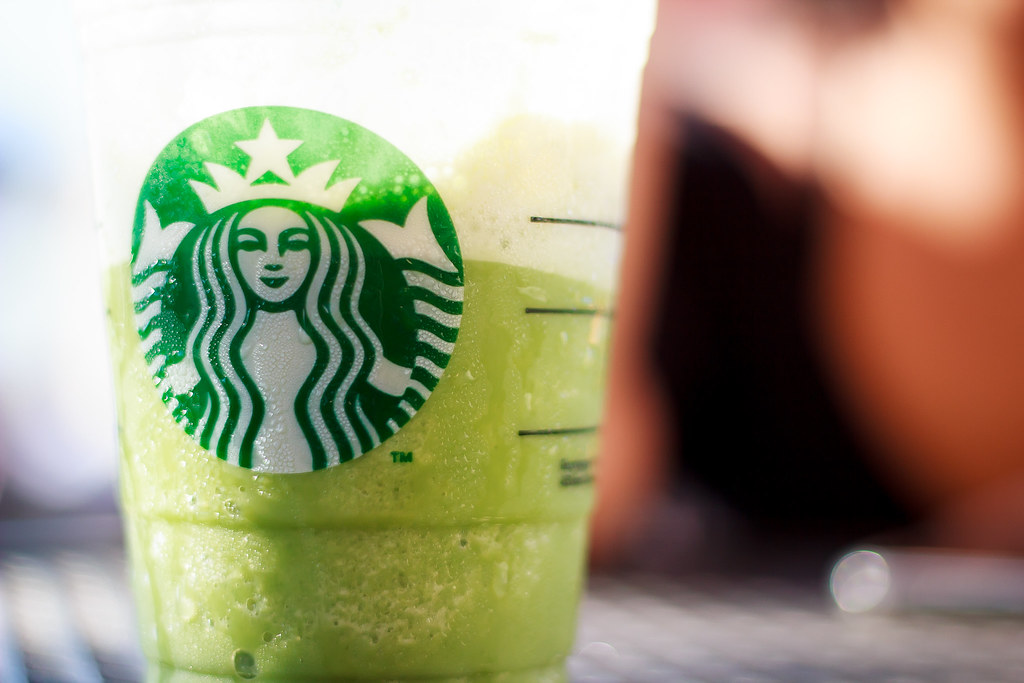
9. **Starbucks**Starbucks has ingrained itself into the daily routines of millions worldwide, transforming coffee consumption into a cultural experience. With its ubiquitous presence, extensive menu, and personalized drink options, the brand offers convenience and a familiar atmosphere that many are willing to pay a premium for. From simple drip coffee to elaborate, multi-ingredient concoctions, Starbucks caters to a wide array of tastes, making it a popular daily destination.
However, the appeal of a customized coffee experience often comes with a significant financial impact, especially when indulging in the brand’s more complex offerings. A Starbucks employee candidly pointed out the exorbitant pricing of certain beverages, noting, “I’ve seen people purchase individual drinks that cost more than my hourly wage, of course, those are always insane frappuccinos with crazy syrups and espresso shots.” This vivid illustration underscores how quickly the cost of a single, elaborate drink can escalate, highlighting a considerable expense for what is essentially a disposable luxury.
The true financial implications of Starbucks often become apparent only in the long run, as small, seemingly innocuous purchases accumulate. A daily habit of buying these higher-priced beverages can amount to hundreds, if not thousands, of dollars annually. While an individual drink might seem affordable, the aggregate cost significantly outweighs what one would spend on home-brewed coffee or more modestly priced alternatives. Therefore, while Starbucks offers convenience, it frequently falls into the category of a budget brand that isn’t worth the savings in the long run, particularly for those who regularly opt for its more expensive drinks, quietly eroding personal finances over time.
Read more about: The 14 Meats Dietitians Warn Against for Your Cholesterol: A Heart-Healthy Guide
Our journey through these twelve brands has peeled back the layers of marketing hype and initial allure, revealing a consistent truth: true value extends far beyond the upfront price tag. Whether it’s the perceived prestige of a luxury item, the convenience of a popular chain, or the promise of cutting-edge tech, a closer look at durability, hidden costs, ethical considerations, and real-world performance often uncovers a different story. Smart spending isn’t about shunning all popular brands or always opting for the absolute cheapest; it’s about making informed decisions that prioritize longevity, genuine quality, and a sustainable impact on your wallet. By understanding where the true value lies—and where it doesn’t—consumers can navigate the marketplace with confidence, ensuring that their hard-earned money is invested wisely, for satisfaction that lasts far beyond the initial purchase.



